What are spiral router cutters? |
||||
 |
||||
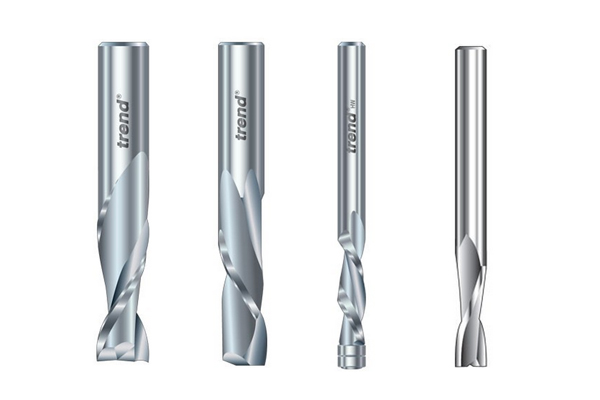 |
Spiral router cutters have flutes that wind around their body in a helical shape, and, like straight cutters, are designed to produce flat-bottomed grooves for a wide range of applications. Trend has an entire range of STC spiral router cutters dedicated to this flute form, as well as a selection of spiral cutters in the Professional HSS and TCT ranges. |
|||
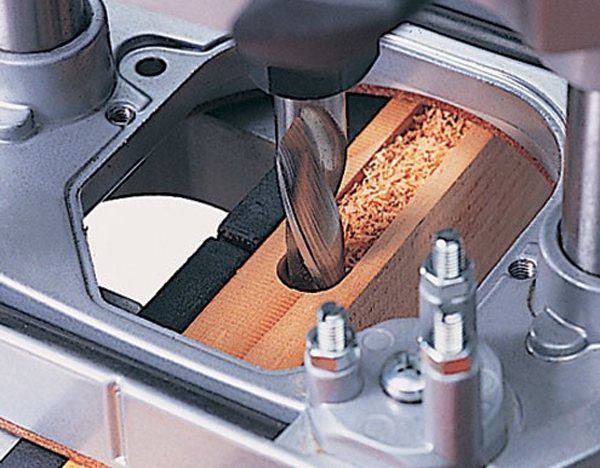 |
Because of the design of their flutes, spiral router cutters have certain advantages over straight ones. They are much more efficient at ejecting any waste material that has just been cut, helping to prevent the bit and the cut from becoming clogged due to their helical flutes that run right around their body. They create a smoother cut than straight cutters as they create a shearing motion rather than a chipping motion. The smoother cutting action of a spiral bit means it is less likely to vibrate against the material |
|||
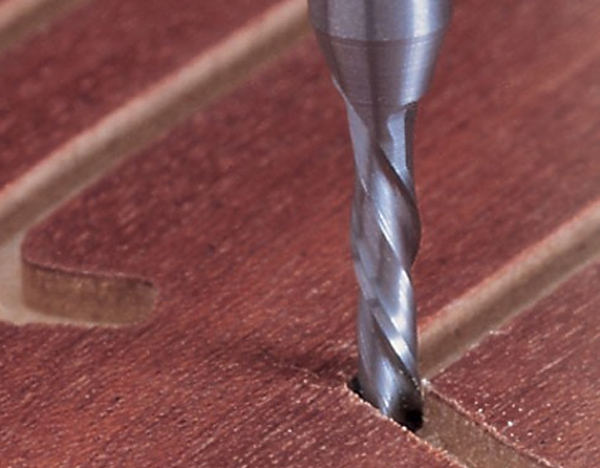 |
They do also have a few disadvantages compare to straight router cutters. A spiral bit has a much more complex design compared to a straight bit and is harder to sharpen when blunt, so it is not usually recommended that you sharpen your own spiral bits, and you may have difficulty finding someone who will do it properly. Because spiral bits have not been in use for as long as straight bits, they aren't yet available in as many lengths and diameters as straight bits are. As a result, you may struggle if you're looking for a very specific size. Also, spiral cutters usually cost significantly more than straight bits |
|||
Design |
||||
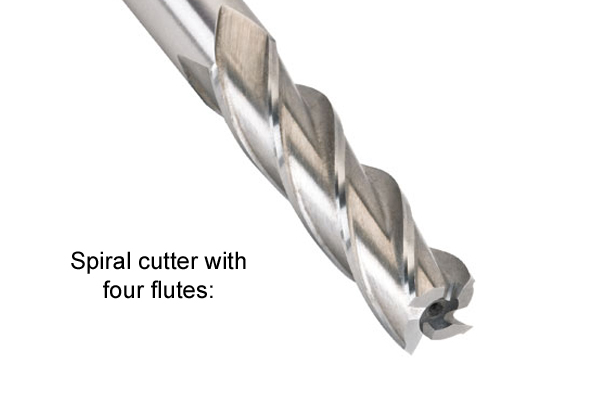 |
FlutesSpiral router cutters can have as many as four flutes in a number of designs including down cut, up-down cut, or combination flutes. |
|||
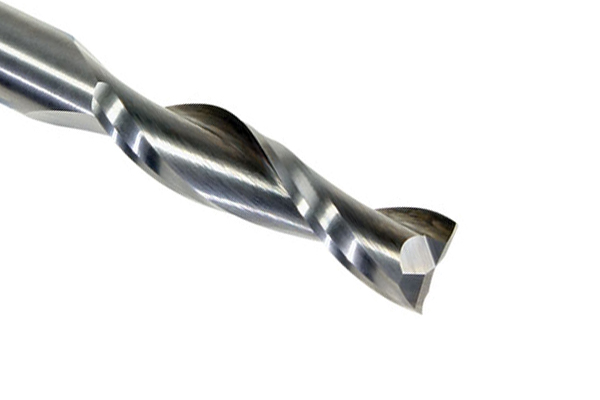 |
Bottom cutMost spiral cutters have cutting edges that extend across their base, allowing them to be used in a plunge router to cut into the surface of materials. |
|||
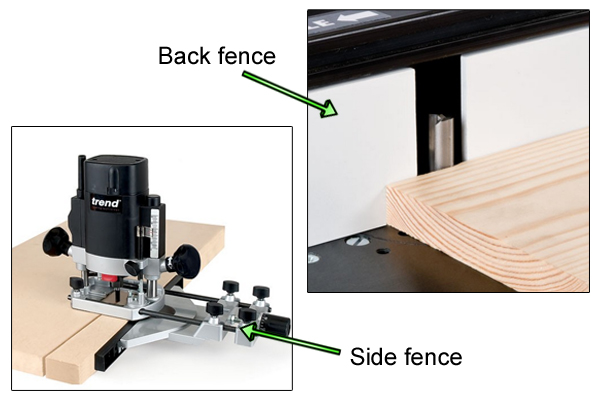 |
GuidesSpiral router cutters do not usually have a guide pin or bearing, and so generally require a side fence, back fence, guide jig, or another similar device in order to guide them, though they can also be used freehand for some specialist applications. |
|||
ApplicationsSpiral cutter applicationsSpiral router cutters can be used for all of the same applications as straight cutters. These include: |
||||
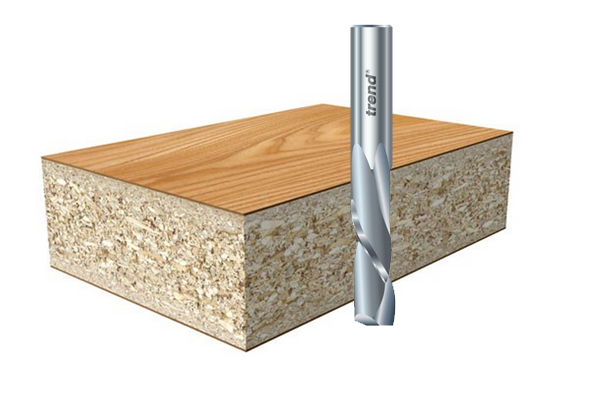 |
Trimming and cutting straight edgesWhen used with a and back fence or with a straight edge template or jig, spiral cutters are excellent at producing a clean finish on a straight edge. |
|||
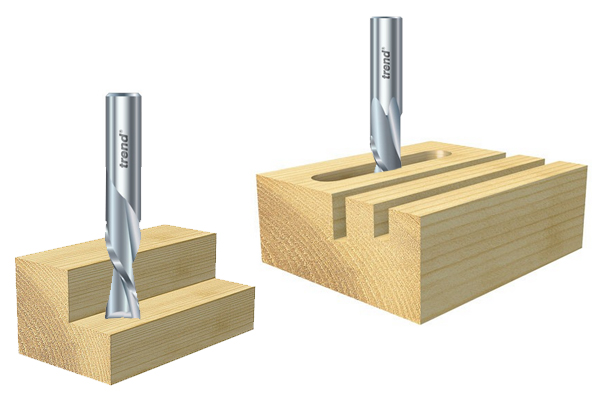 |
Cutting grooves, housings and rebatesMost spiral cutters have a bottom cut facility so they can cut a variety of different types of grooves in materials surfaces, as well as on edge. |
|||
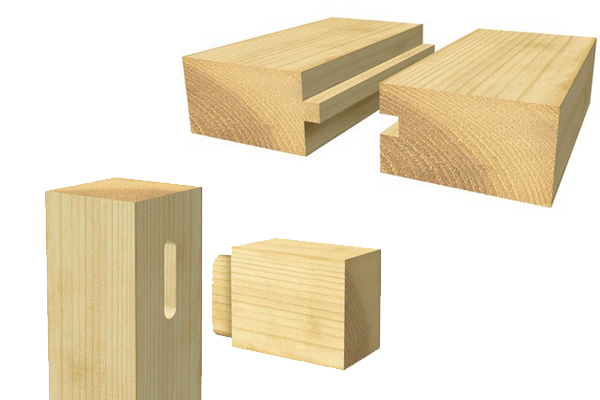 |
Joint-makingVarious joints can be produced with spiral router cutters, such as tongue and groove joints, lap joints, mortise and tenon joints, and halving joints. |
|||
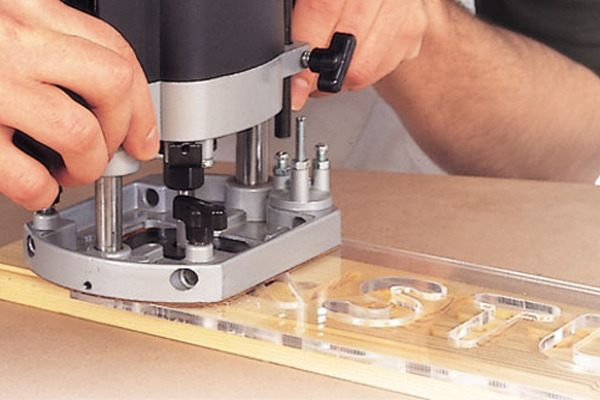 |
Template and freehand workAll spiral router cutter should have a bottom cut facility which makes many of them ideal for working with various templates and , such as . they can just as easily be used for various freehand tasks. |
|||
RangesSpiral router cutters are available in the following Trend ranges: |
||||
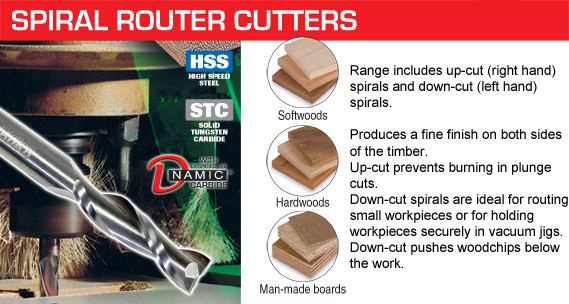 |
||||
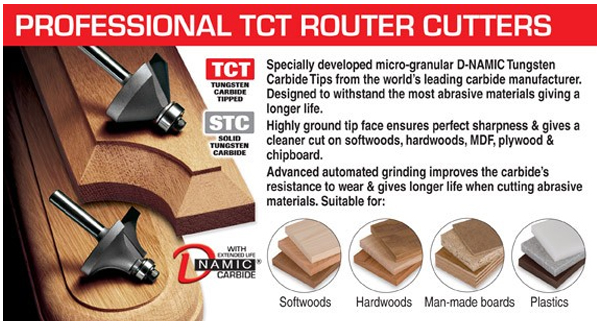 |
||||
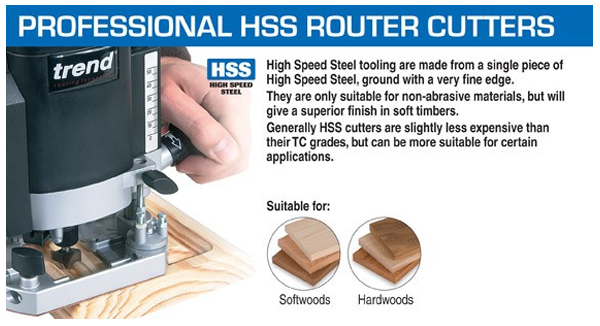 |
||||







